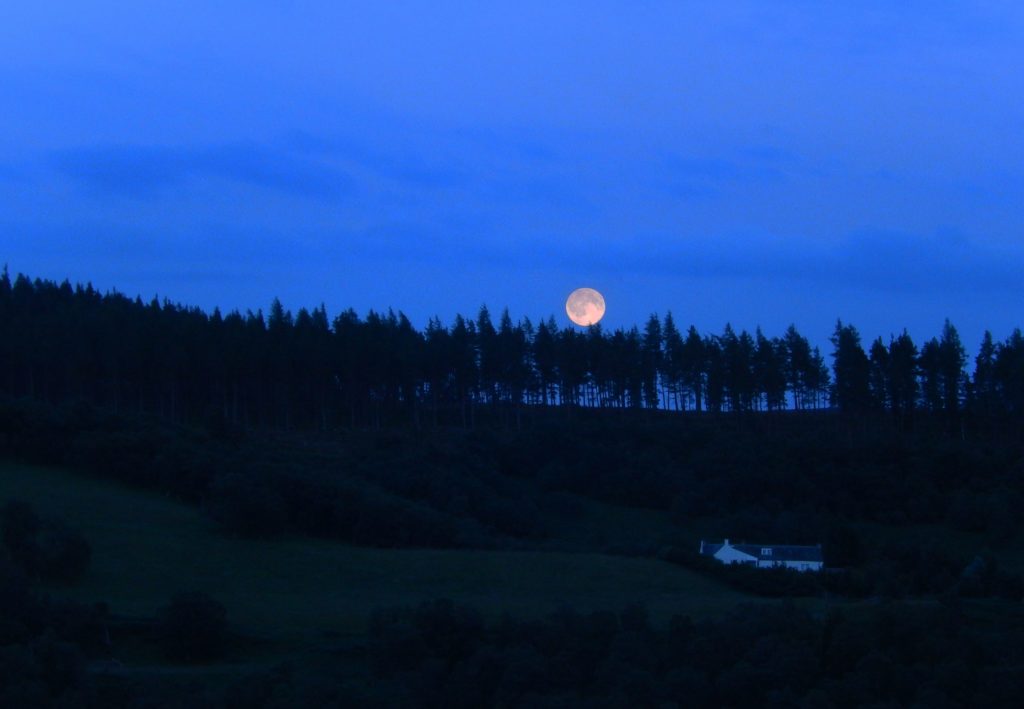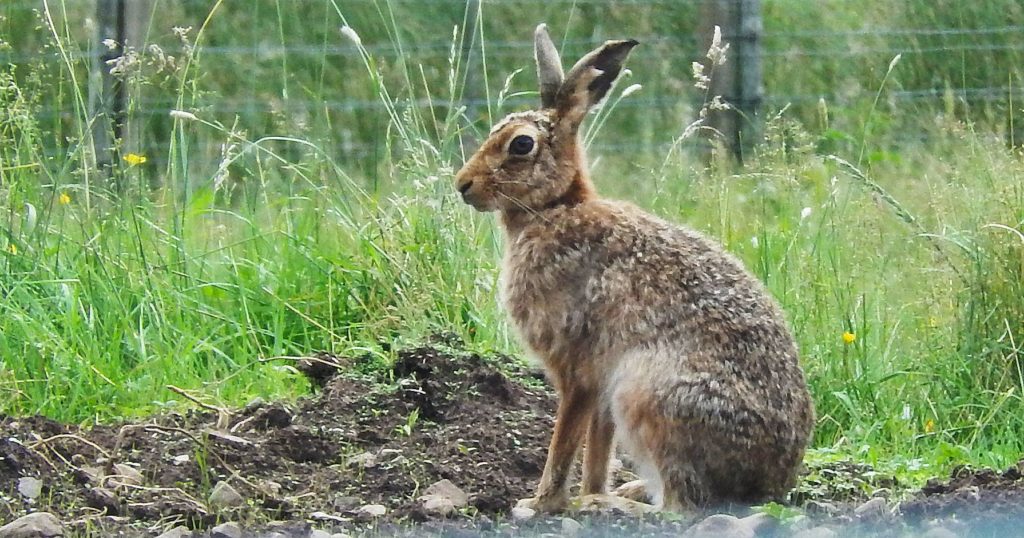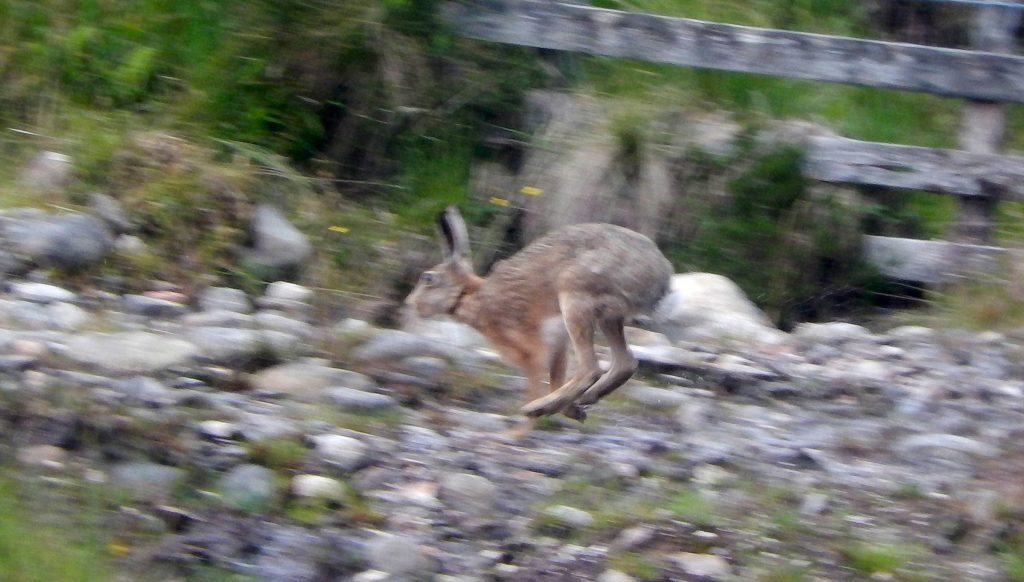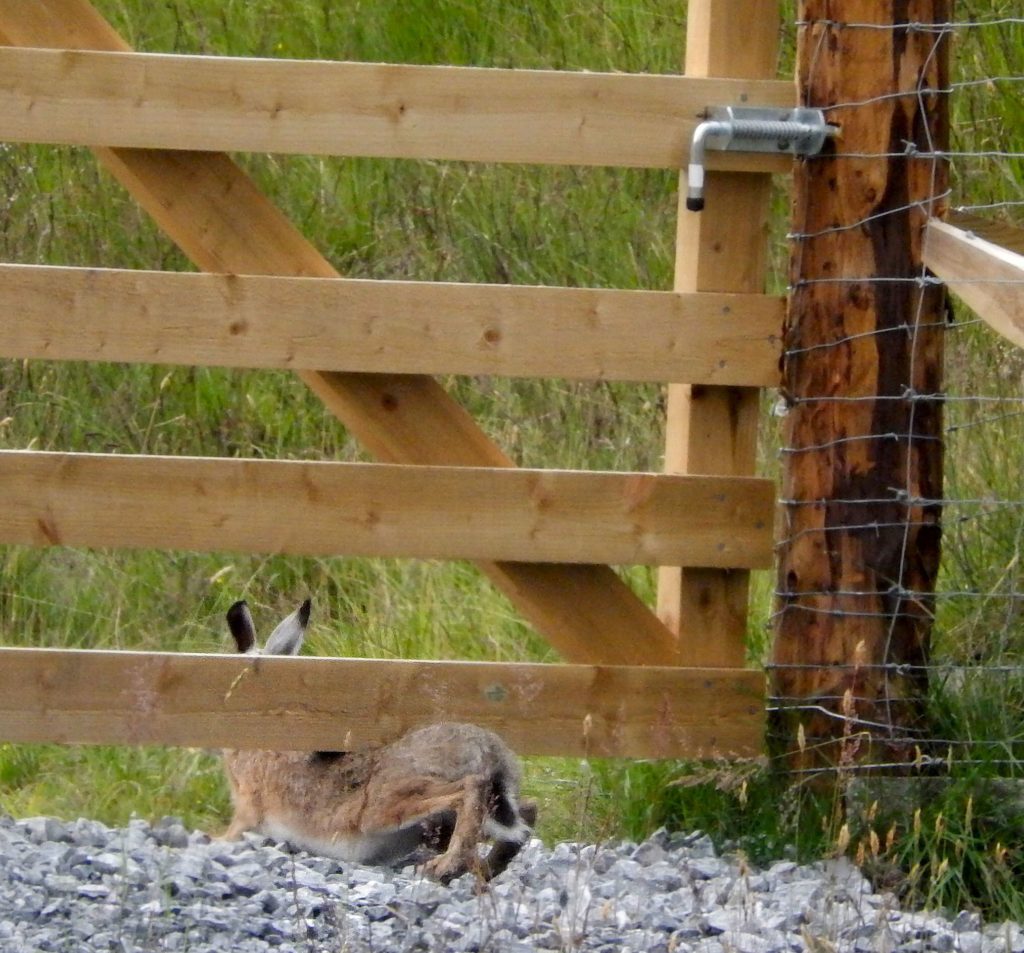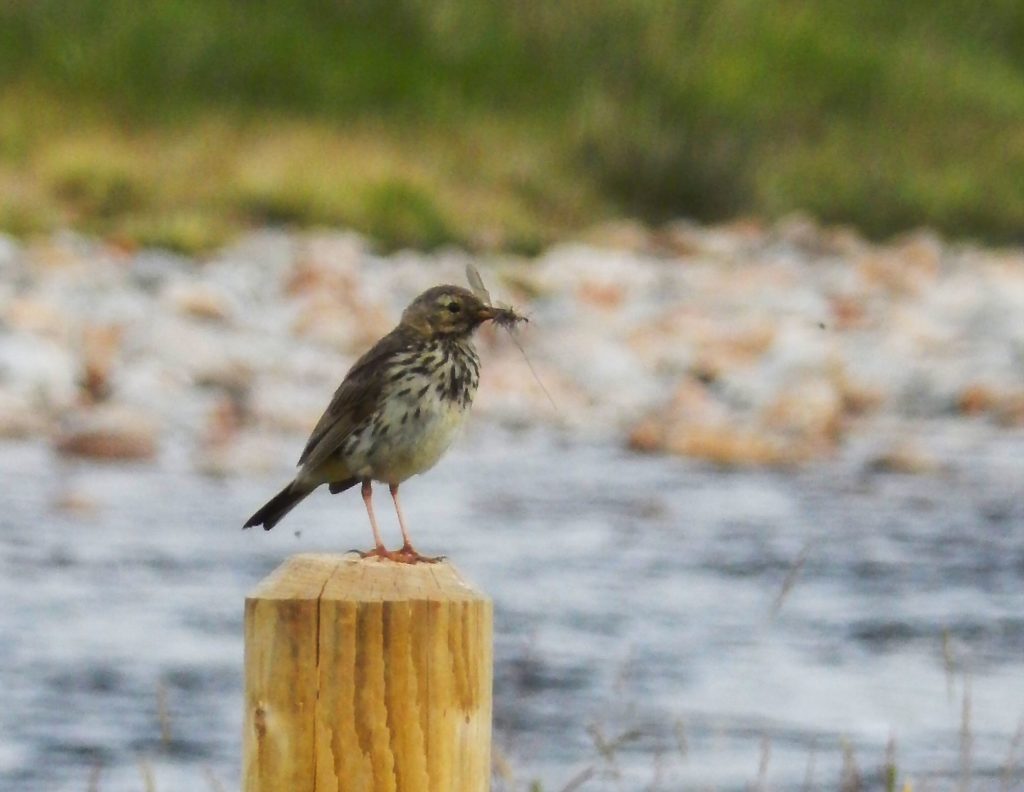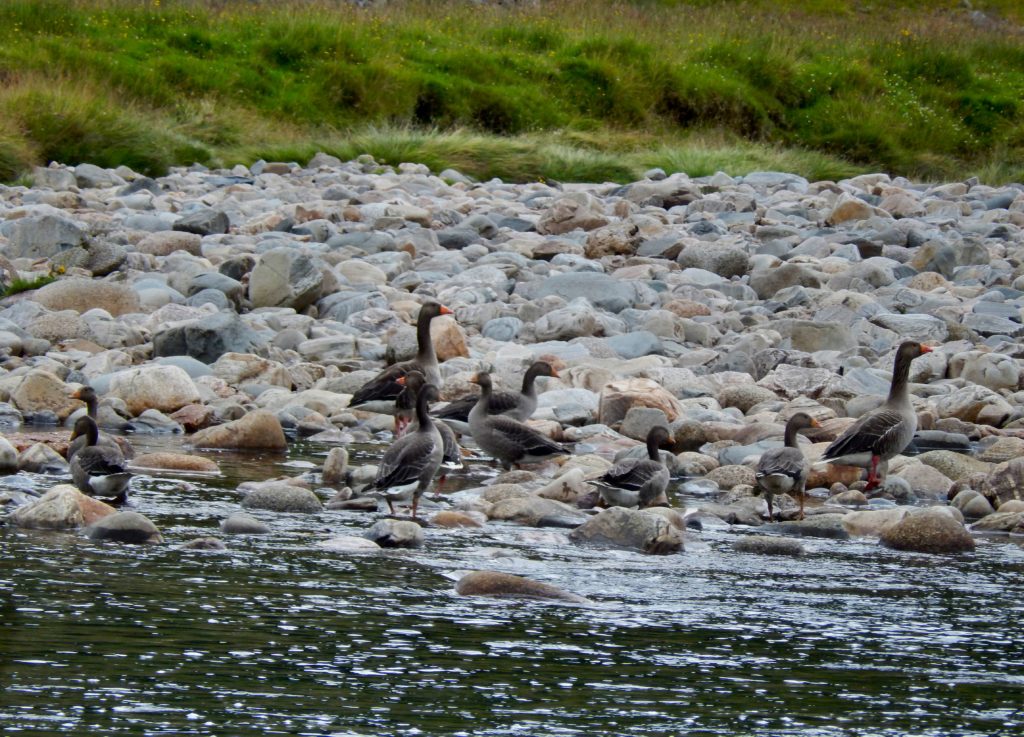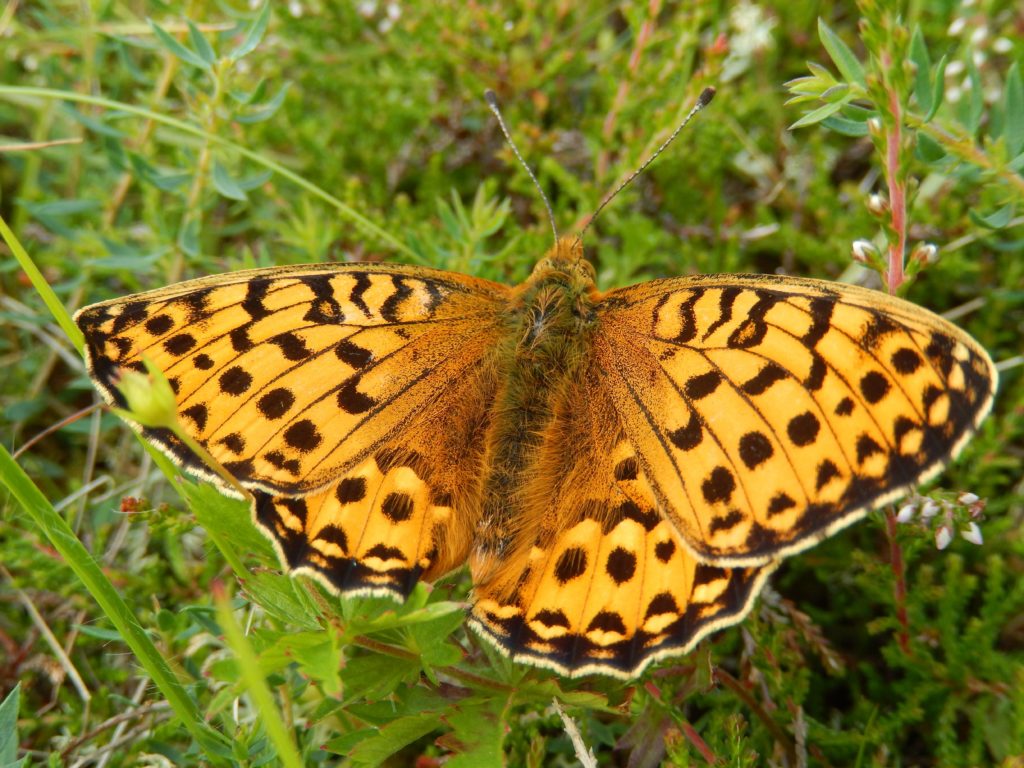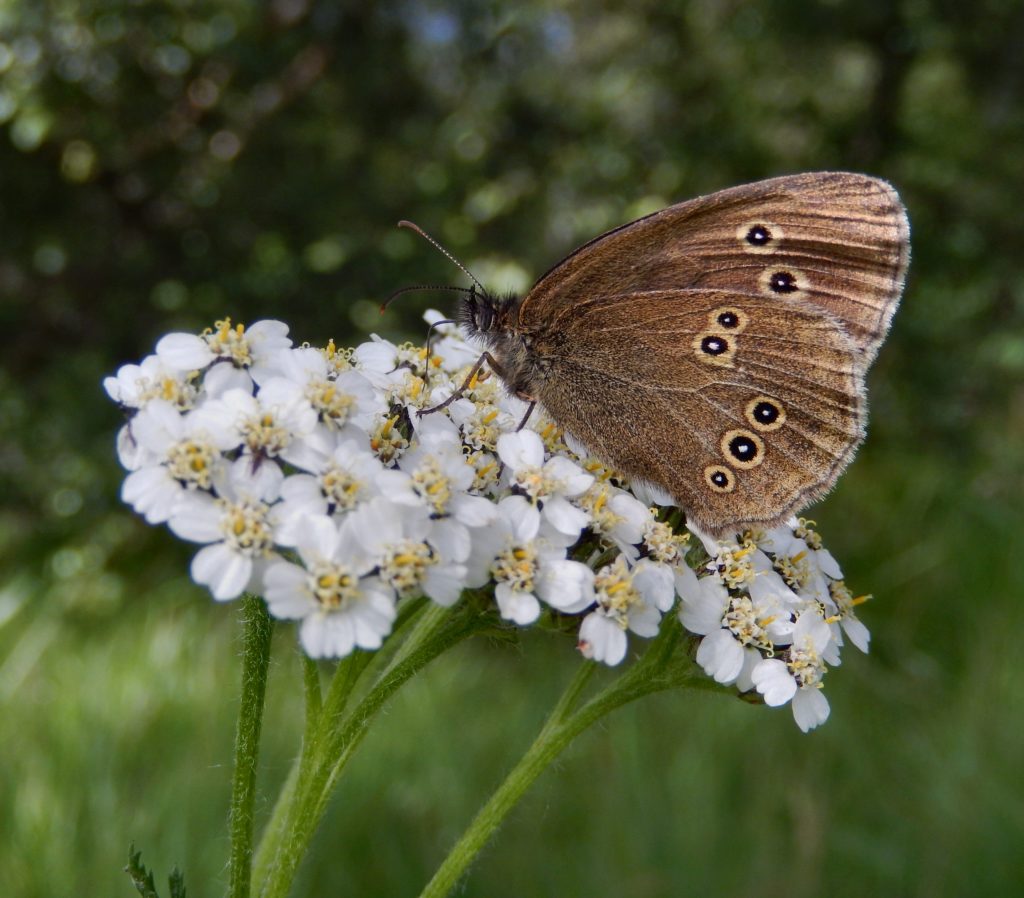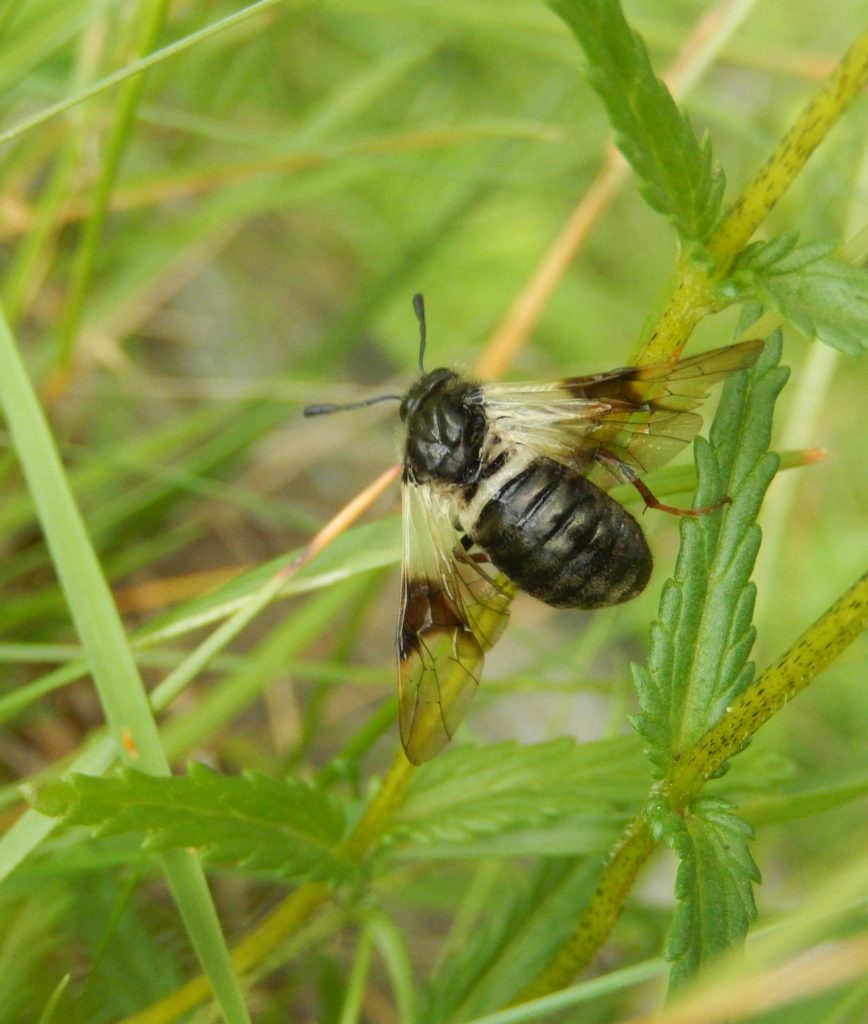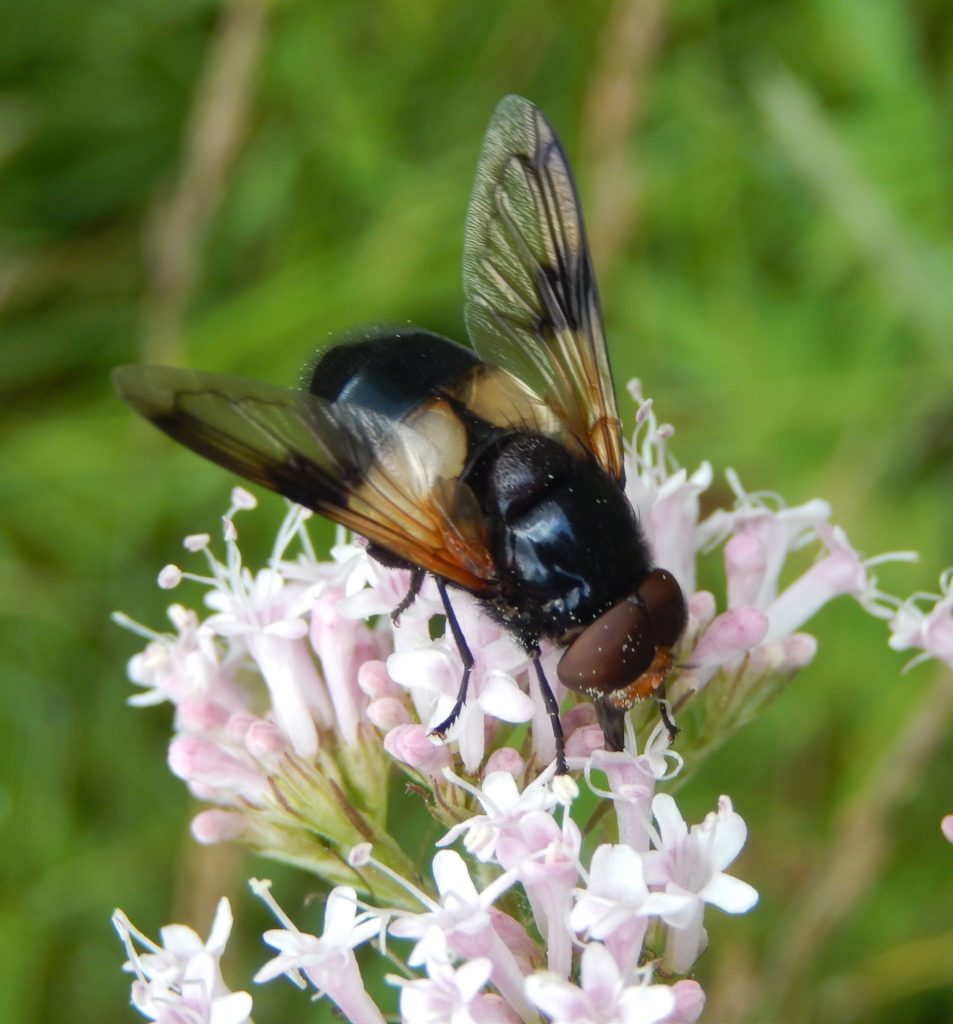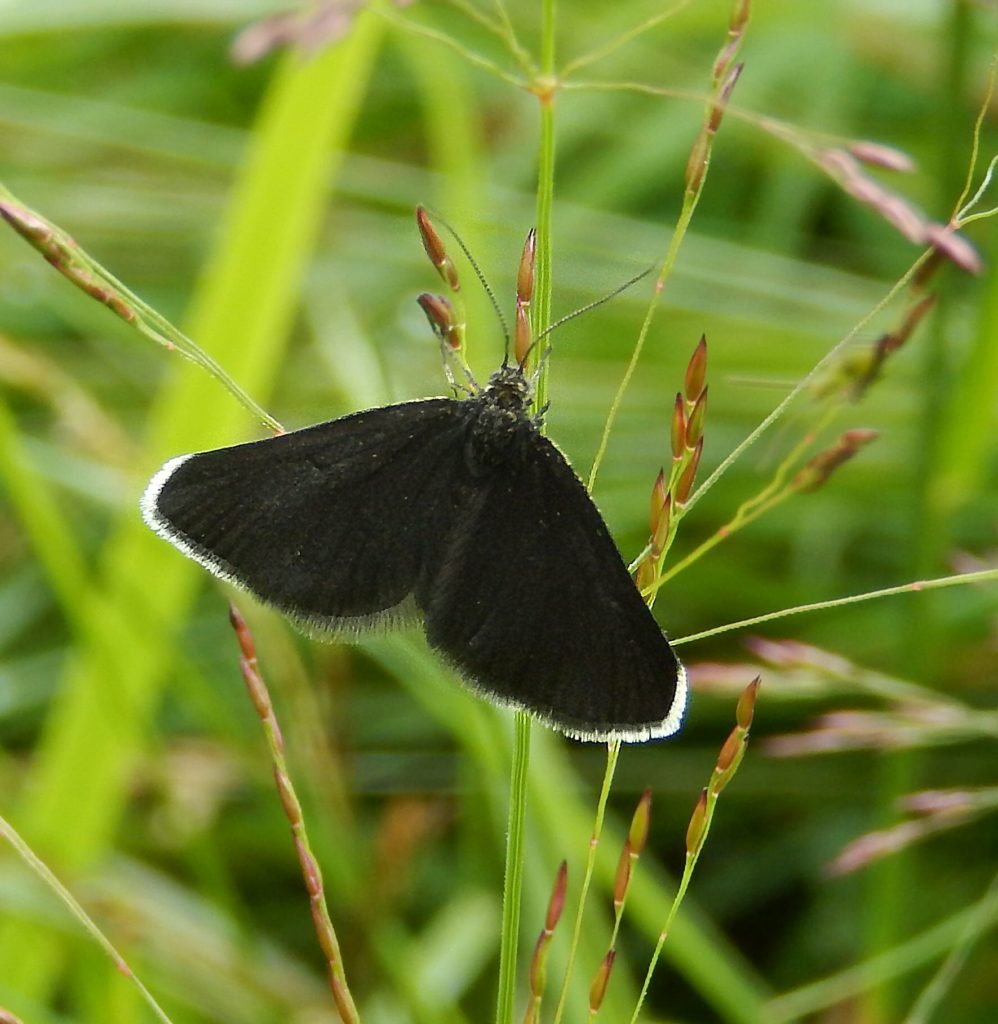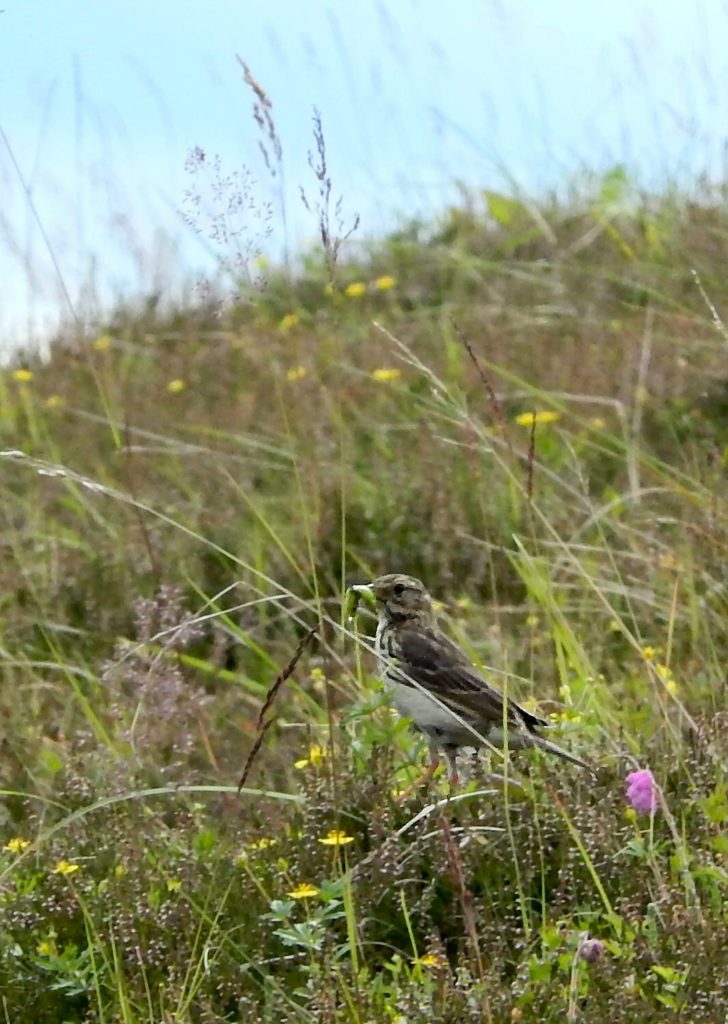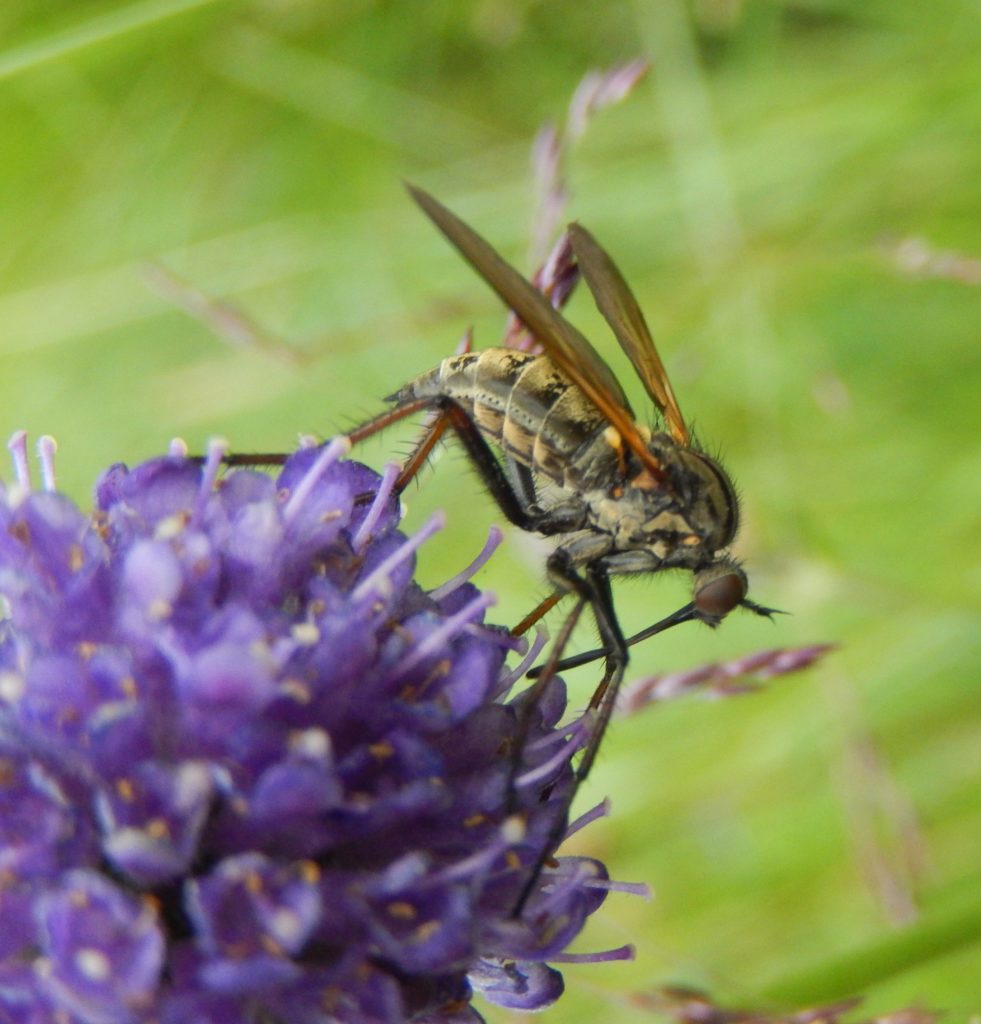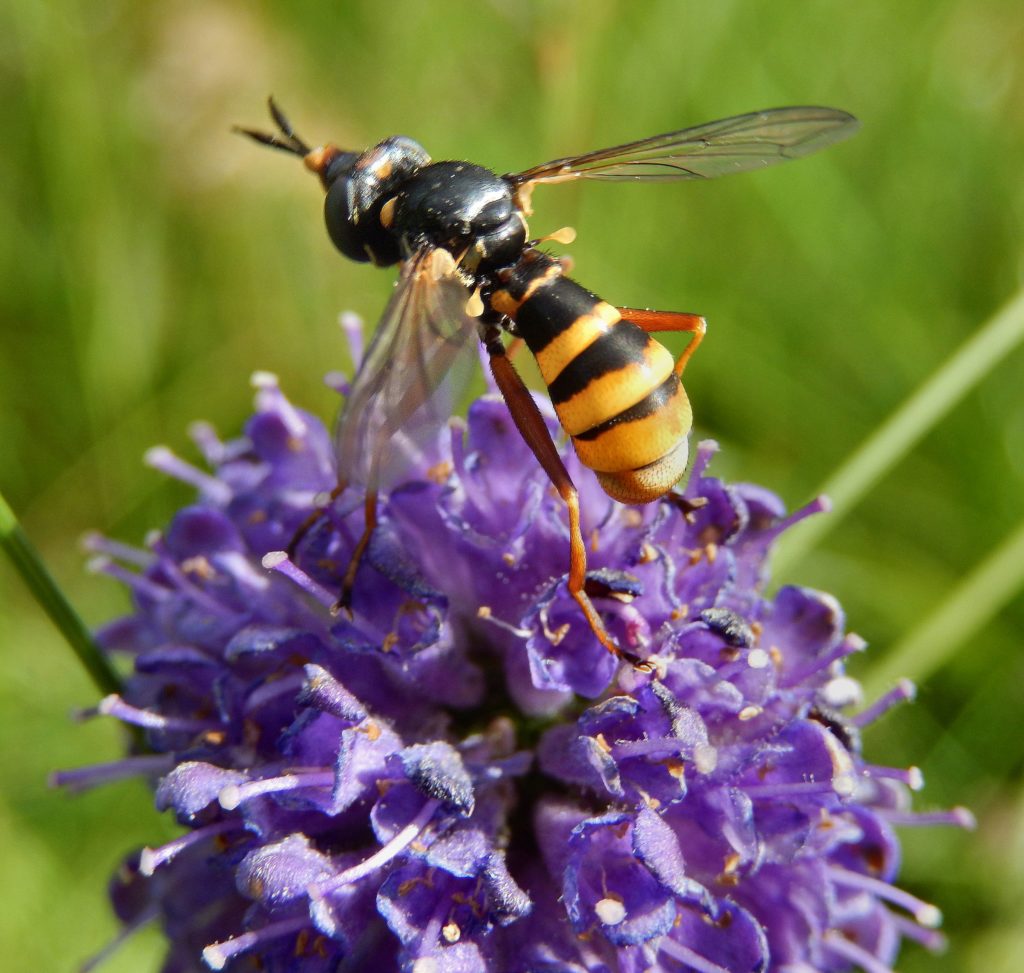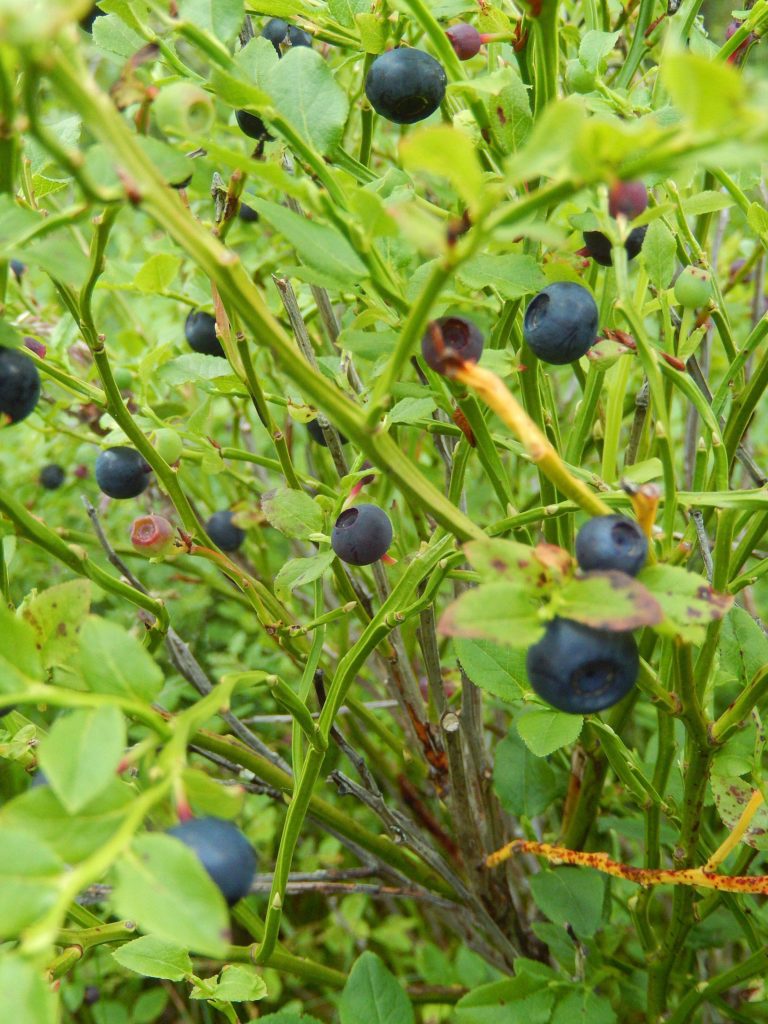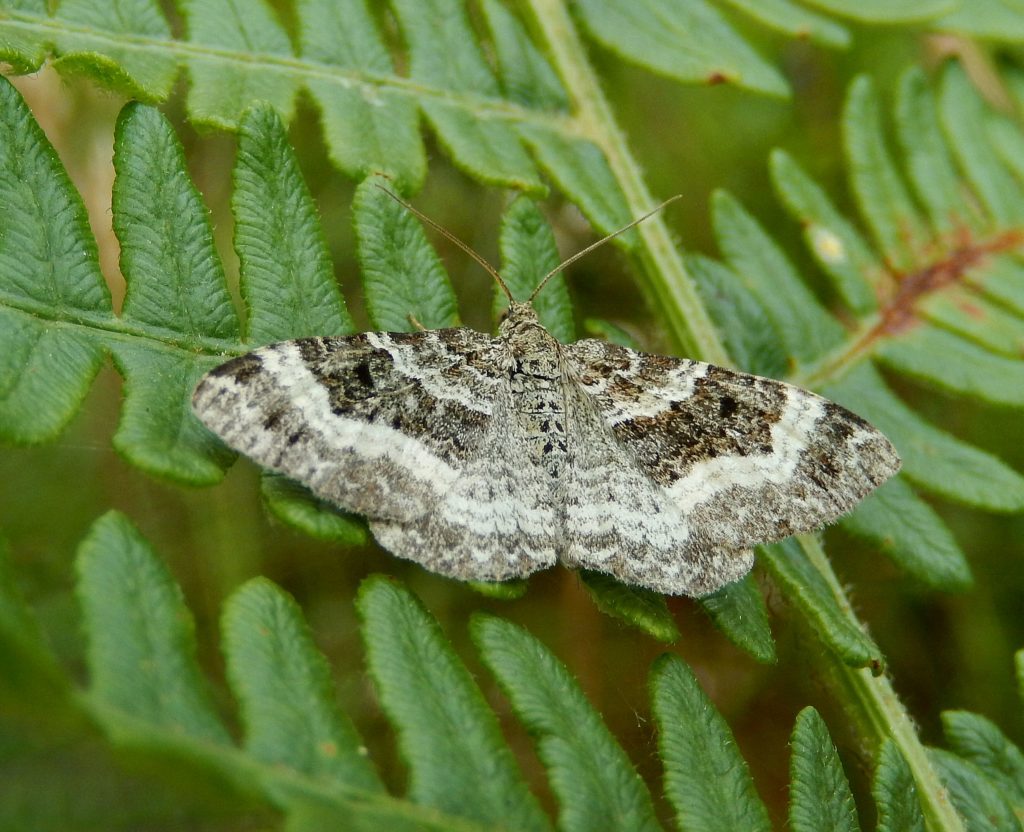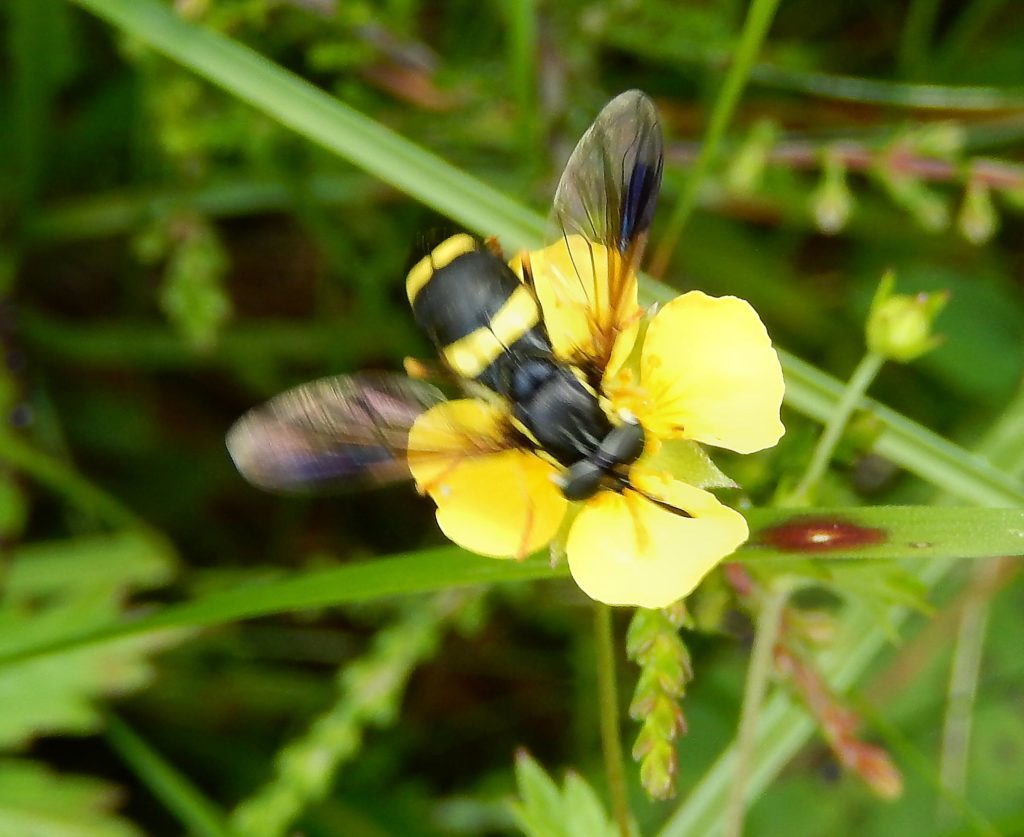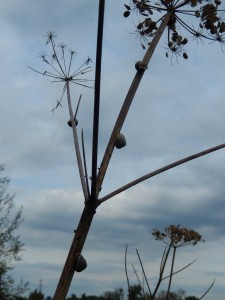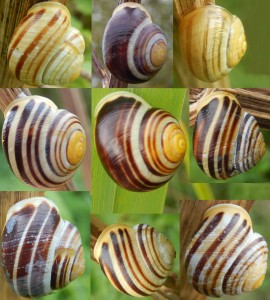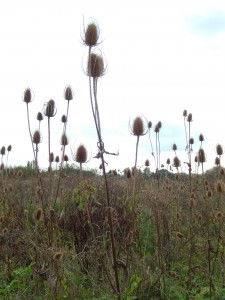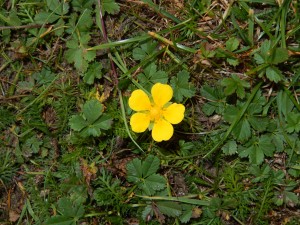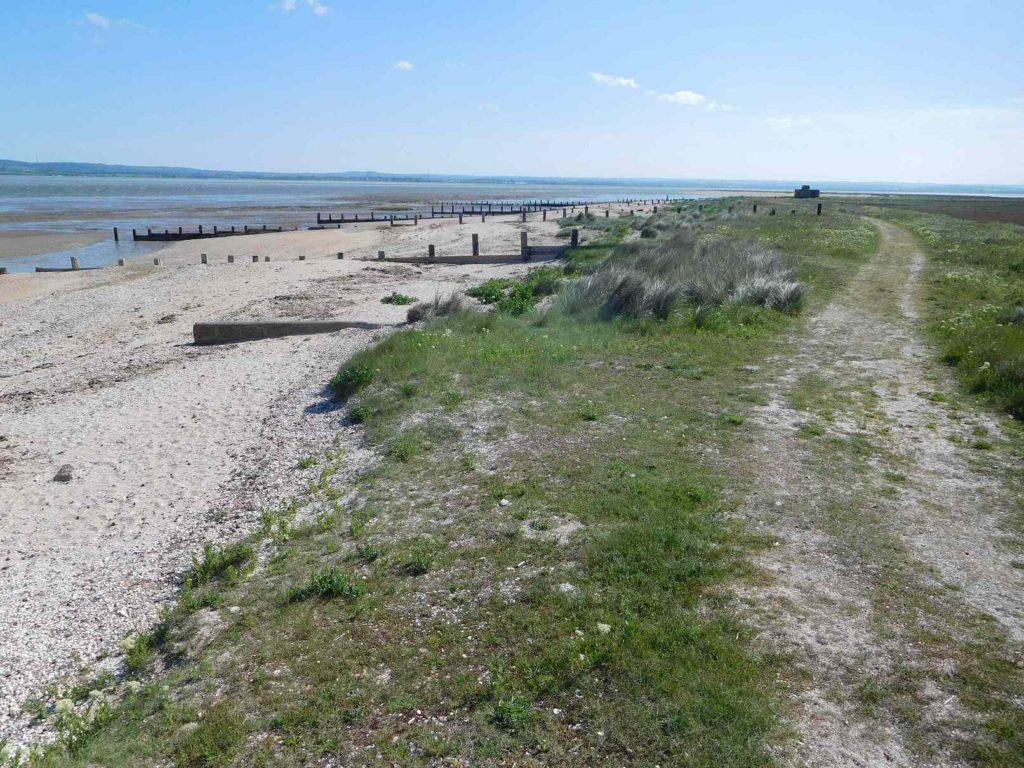
To reach Shellness one has to jolt very slowly along a long, straight, dusty, potholed track, minding out for one’s shock-absorbers. The reward is a magically quiet, spacious realm of … nothingness. Wide mudflats with occasional Shelducks. Wide horizons. Long empty shelly berms above empty windswept beaches. Sea kale. Sea lavender. Sea campion. Sea everything. The song of skylarks over the wind.
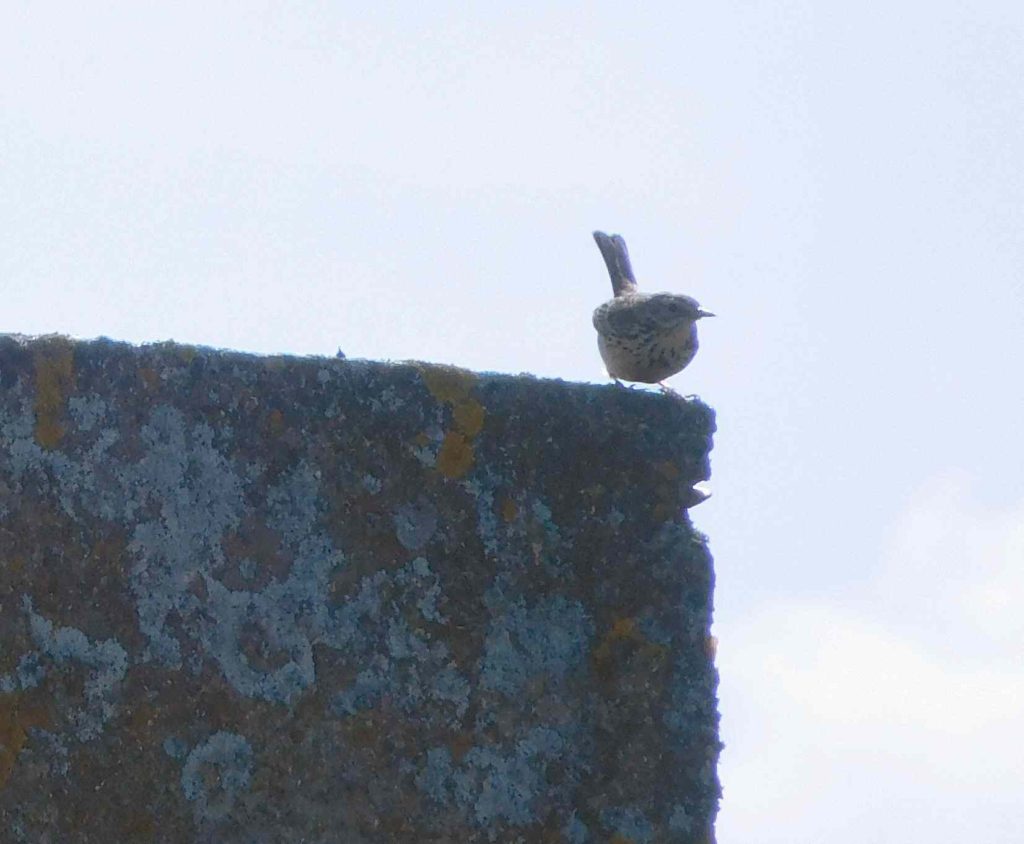
The cry of a Black-Tailed Godwit over the marsh draws my attention to an elegant medium-sized wader with its long straight bill and agile flight. On the groynes and mudflats are plenty of cheerful Oystercatchers, resting or foraging in little groups. A Little Egret flaps distinctively past.
Beside the path is a little beach, marked off with a sign, posts and a plastic rope for a “rare” colony of Little Terns. I scan it with binoculars, and am lucky enough to catch one in flight; it lands out on the mudflat, its long wings poking out past its tail, a slender sea-swallow.
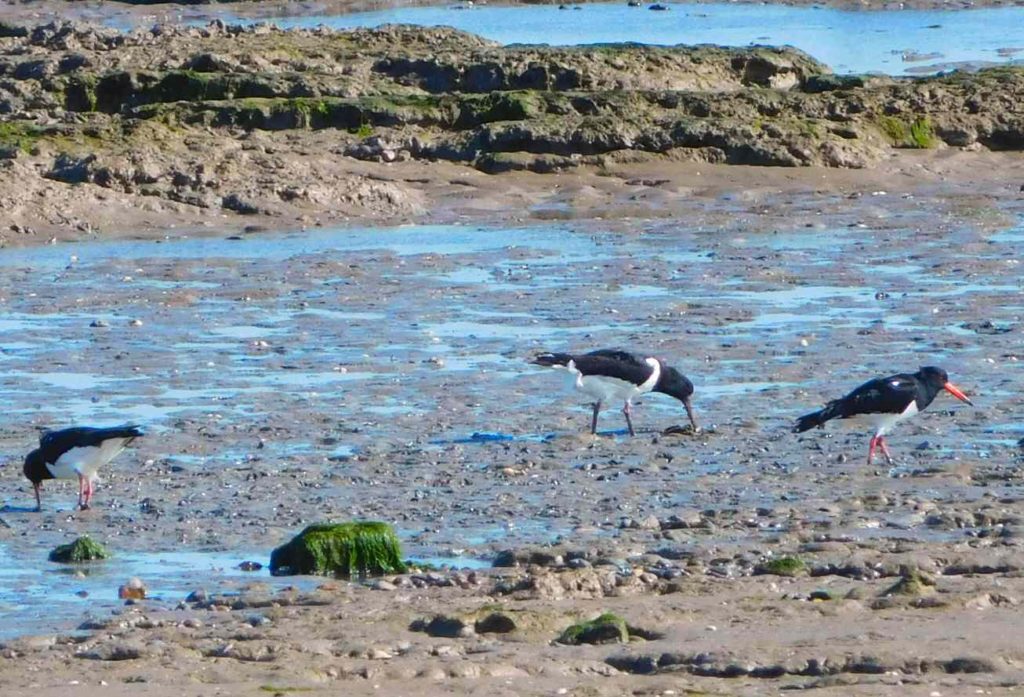
Even as I parked up, some chunky Corn Buntings flitted overhead giving their sharp calls. They were once common in farmland everywhere. A single Swallow flew past.
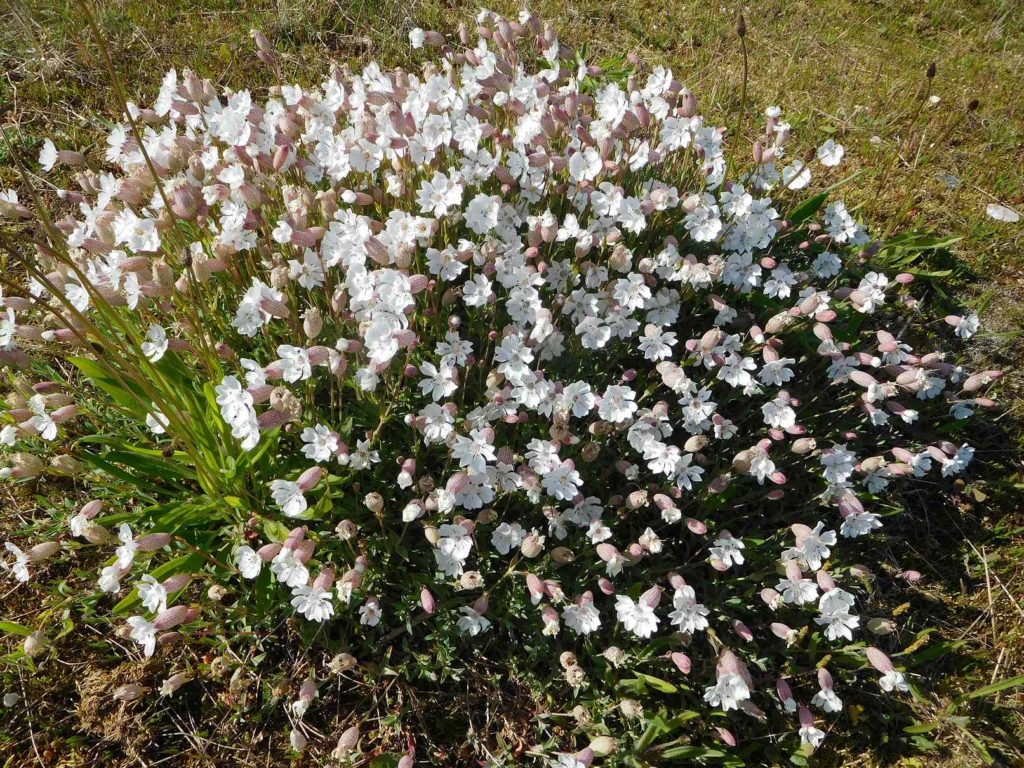
Along the mudflats occasional Ringed Plovers went their solitary ways. The telescope showed little groups of Shelducks in quite large numbers — perhaps I saw 50 all told. A few Black-Headed and Herring Gulls, and as always a few Starlings (convinced they were waders) visited the marsh. A sudden flock of a hundred Dunlins, wheeling and sweeping together, made me catch my breath, a glimpse of wild beauty.
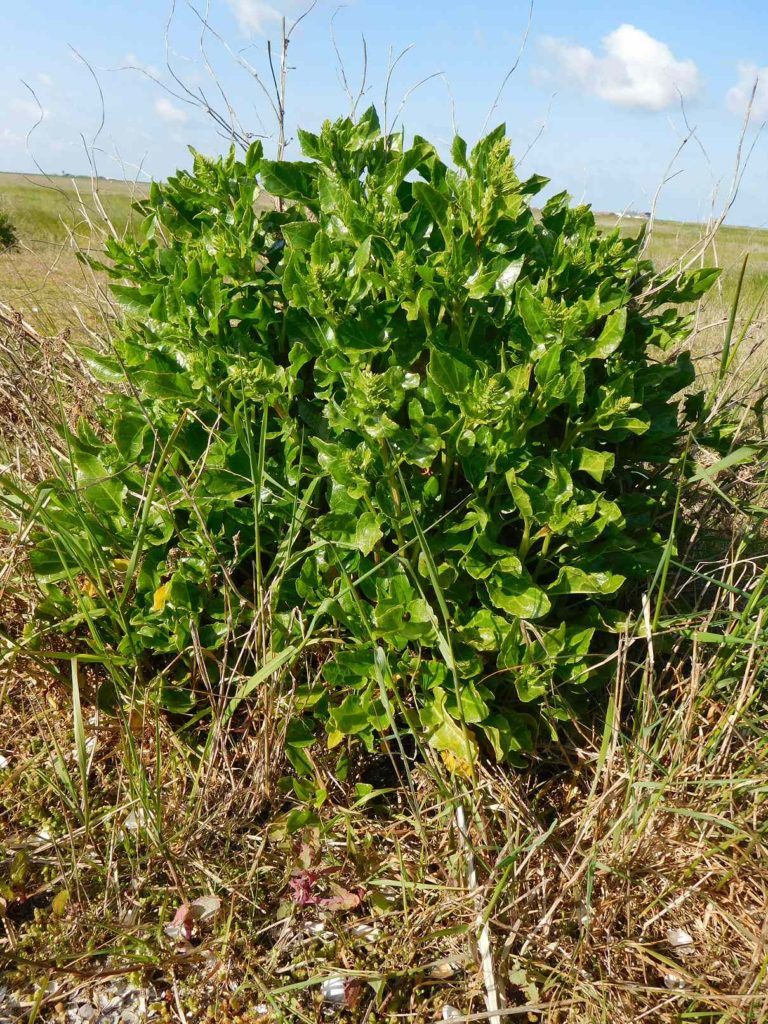
Over the marsh, Skylarks kept lifting up for their song-flights, pouring out their astonishing, continuous, rich melody until they were almost invisibly high in the sky. It was impossible not to think of Shelley’s poem To a Skylark (“Hail to thee, blithe spirit, bird thou never wert …”), so marvellously immaterial did they seem in the wind and the bright sky.
At the little headland, bounded by a muddy, marshy creek, a Redshank flew up, piping.
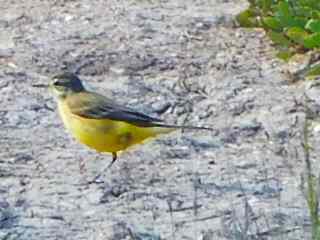
As I returned, a Yellow Wagtail, seemingly almost tame, walked unconcernedly along the path in front of me. I ate my picnic sitting below the dyke out of the wind, absorbing the space and sunshine, my heart full of birdsong.

